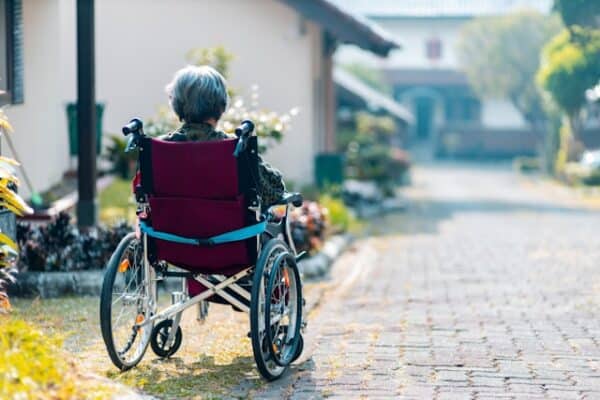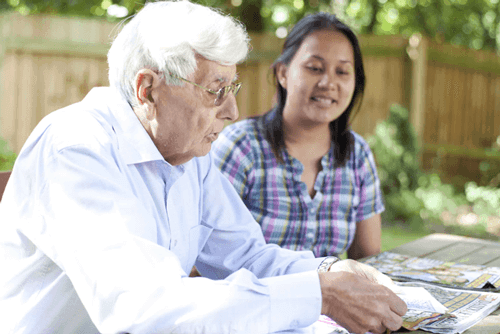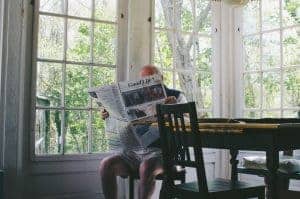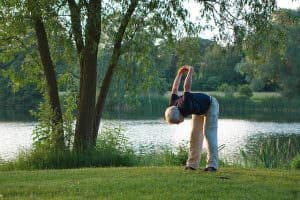Falls are one of the most common issues which can result in hospitalisation for older people so preventing falls needs a proactive approach. Falls can affect anyone, but people over 65 are most vulnerable to fall-induced injury. Around a third of adults over 65 and half of those over 80 fall at least once a year according to NHS data[1]. So let’s look at the causes and easy preventative measures.
What can cause someone to fall?
In most people, the simple fact of age and the health conditions that come with getting older are to blame. The most common issues likely to cause a fall include:
- Balance problems which could be caused by muscle weakness
- Vision loss
- Hearing loss which can affect balance
- Dementia
- Heart disease
- Low blood pressure (Hypotension) which can cause dizziness and fainting
Other reasons people fall include hazards in the home such as:
- Wet floors in the bathroom
- Dim lighting
- Loose rugs or carpets
- Reaching into inaccessible cupboards
- Going down stairs
Loss of independence
At best a fall in the home leads to nothing more than embarrassment and a few bruises, but it can mean broken bones and a stay in hospital. For many older people a fall means a loss of independence and a blow to their self-confidence particularly if there are long-term consequences such as reduced mobility or ongoing pain.
The best way to prevent a fall from happening in the first place is to be proactive about avoiding them. However, if an elderly person becomes prone to falling it could indicate a need for closer supervision or even professional care in the home to keep them safe.
A live-in carer could, together with the person’s healthcare professional and family members, identify potential hazards in the home and take steps to eliminate them.
A Guide To Domiciliary Care
An Expert Guide to Domiciliary Care
Everyday support for older people in their own home
Identify areas for improvement
Trip hazards include loose rugs or carpets. Loose stair carpets can be especially dangerous so these should be replaced. Secure or stick down loose rugs where possible. Go round every room to identify where clutter and unnecessary pieces of furniture could be moved out of the way.
Dim lighting is another hazard and particularly dangerous for those with poor eyesight. Swap dim bulbs for brighter ones wherever you can.
In the bathroom place non-slip mats on the floor and wipe up any water spills immediately. Install grab handles or rails around the bath and the toilet area.
Adaptations to furniture could include anything which helps the user to sit down and stand up more easily such as a seat riser for the toilet or booster cushions for chairs and sofas.
Exercise and medication
Regular exercise can help maintain muscle mass and strength whilst improving balance and flexibility. A live-in carer can help by encouraging the older person to complete daily activities such as gentle chair exercises, stretches or taking a short walk.
Carers will also provide support and encouragement with post-surgical exercise programs created by a physiotherapist and help the person to use their mobility aids. A carer can also monitor medication to avoid falls associated with dizziness due to the medication.
A proactive approach to preventing falls with ongoing assessment and supervision can help to prevent a simple fall becoming a life-changing catastrophe.
[1] NHS data source





